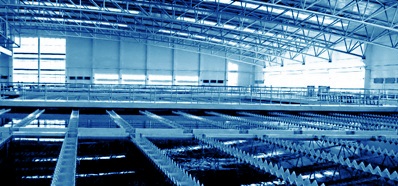Gas Analyzers-Alarm Systems
Varieties of Gas Analyzers and Detectors
Gas analyzers constitute an essential part of monitoring and measuring systems, including devices for signal conversion and indication. The primary function of a gas analyzer is to convert the concentration of the studied substance into an electrical or other signal that can be recorded and displayed. The most widely used types include semiconductor, electrochemical, and optical (including infrared) analyzers. In semiconductor and electrochemical analyzers, changes in electrical properties occur due to the adsorption of components of the mixture, while in optical analyzers, changes in the optical density of the studied gas mixture occur at a specific wavelength. Selectivity for individual components, concentration limits for component determination, and response time (the analyzer’s response to a change in component concentration) are key characteristics of gas analyzers.
Thermochemical Sensors
Thermochemical analyzers, based on measuring the heat effect of catalytic gas oxidation, are used to determine the concentration of combustible gases. They include a miniature sensor, sometimes called a “bead,” “pellistor,” or “sigistor.” These sensors consist of an electrically heated coil with a platinum wire coated with a ceramic substrate, such as aluminum oxide, and an outer shell of palladium or rhodium catalyst deposited on a thorium oxide substrate.
The operation principle of such analyzers is based on the process of gas-air mixture combustion on the catalyst, leading to heat release and an increase in the sensor’s temperature. This results in a change in the resistance of the platinum coil, which is measured by a bridge circuit, the second arm of which does not contain a catalyst. At low concentrations, the resistance change is directly proportional to the gas concentration in the surrounding space. The typical voltage of the analyzer is several volts, and the current ranges from 0.1 to 0.3 Amperes. The average response time for catalytic analyzers is usually 20-30 seconds.
Infrared Analyzers
Infrared sensors are electronic devices capable of detecting and measuring infrared radiation. They operate based on the principle of thermal radiation, measuring and recording changes in the thermal radiation of objects around them.
One of the main advantages of infrared sensors is their ability to operate over a wide range of temperatures, from very high to extremely low values. They also possess high sensitivity and measurement accuracy, allowing them to be used in various scientific, industrial, and technical fields.
One of the most common applications of infrared sensors is in security systems. They can detect the thermal radiation of bodies or objects, making them indispensable for ensuring security in access control zones, airports, or warehouse facilities.
Additionally, infrared sensors are used in medicine. They aid in the diagnosis of various diseases, detection of infections, or tumors. They can measure human body temperature, enabling the rapid detection of potential health issues.
Furthermore, infrared sensors are widely used in automatic systems such as automatic doors, lighting control systems, and air conditioning. They detect the presence of people or objects in a specified area and allow the systems to be controlled based on the received information.



